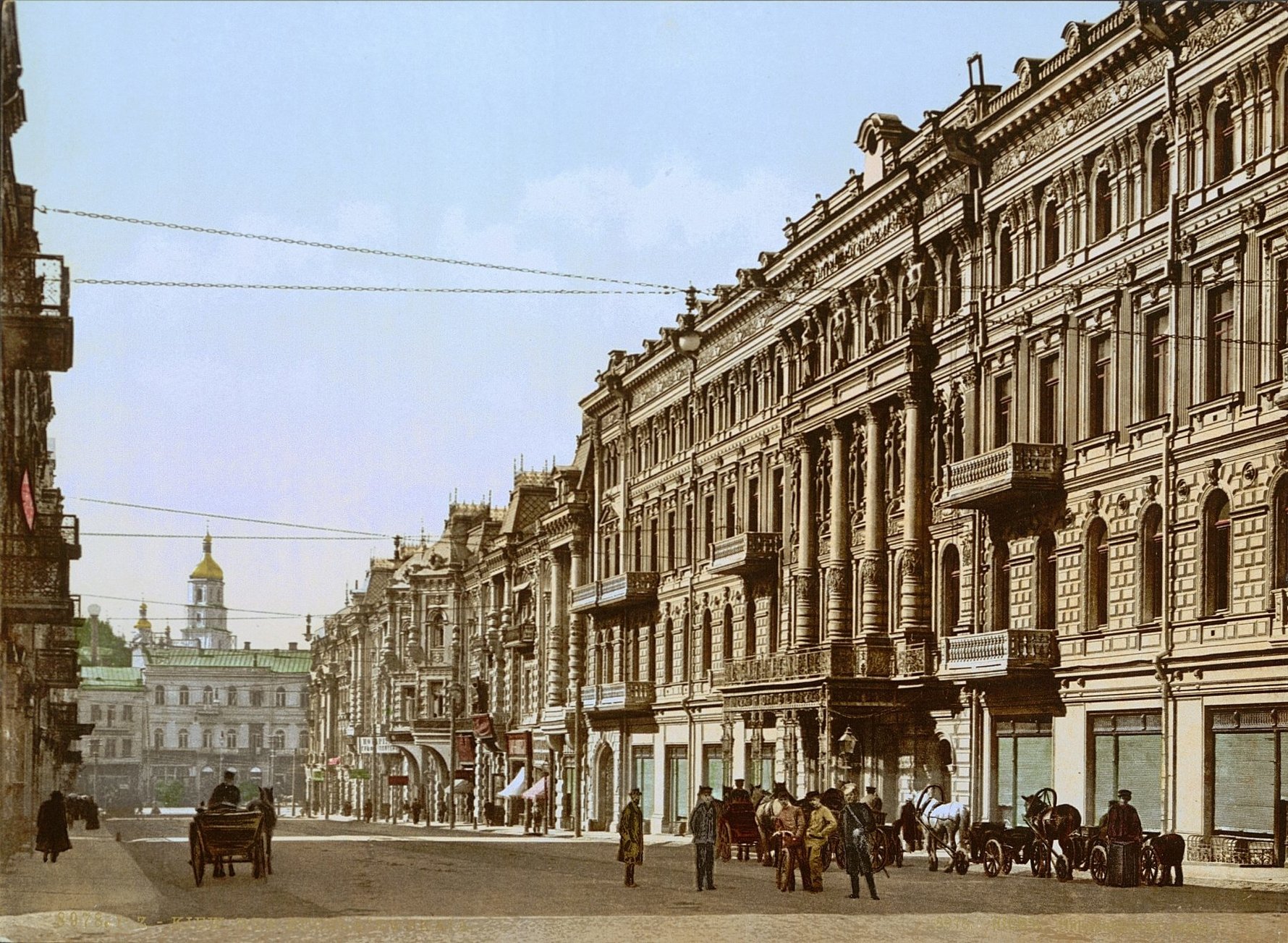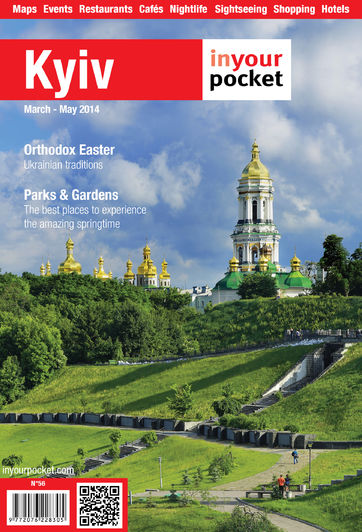
With the beginning of Perestroika in 1985, Jewish communities that had suffered under the Communist regime began to be become more active. Jewish leaders from all over the world came to Ukraine to restore religious structures and revive the formerly oppressed communities. Brodsky Shul, the centre of Jewish religious and cultural life, is located in what used to be the Jewish quarter near Palats Sportu. Across the street is the Great Kyiv Synagogue Community Centre, a multifunctional institution that unites the activities of the synagogue, humanitarian aid projects, cultural and language education.
Since the Bolshevik Revolution, Jewish Ukrainians were oppressed in both their public and private lives. During the Great Patriotic War, as World war II is referred to here, Ukrainian Jews were executed by the thousands in western villages and cities. The worst slaughter in Kyiv occurred at the Baba Yar, meaning the “Ravine of Women”, named so after the women who would visit soldiers stationed at this former lonely outpost of the Kyiv Russ. In 1943, 32,000 Jews were taken here by Nazi soldiers, shot, and pushed by a bulldozer into the shallow ravine. The number of people killed there equals approximately one-third of the entire Jewish community of Kyiv today, and the park is located within the city where the victims lived.
The largest of the two memorials at the site is actually in the wrong place. After its construction, the sculptor built a small memorial where the people had actually been shot. There are plans to create a museum and larger monument at Baba Yar, funded by various Jewish organisations from around the world.



Comments